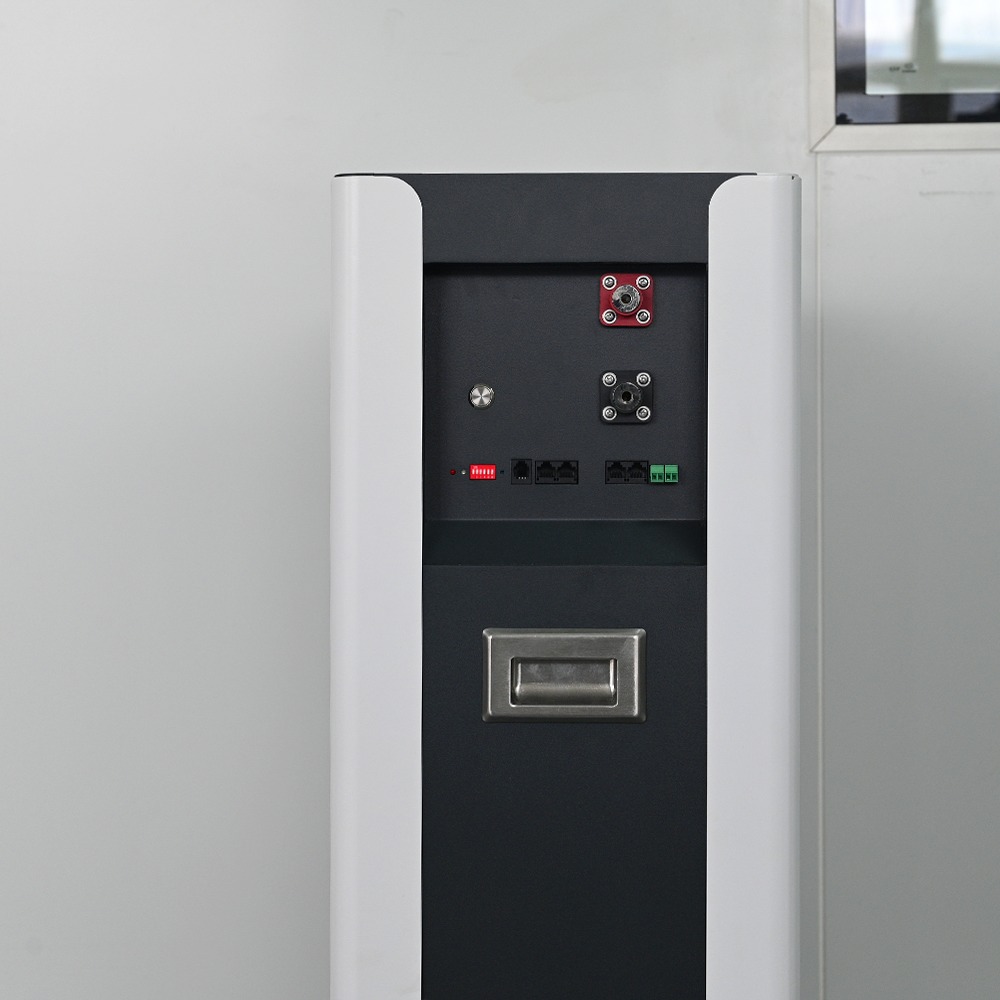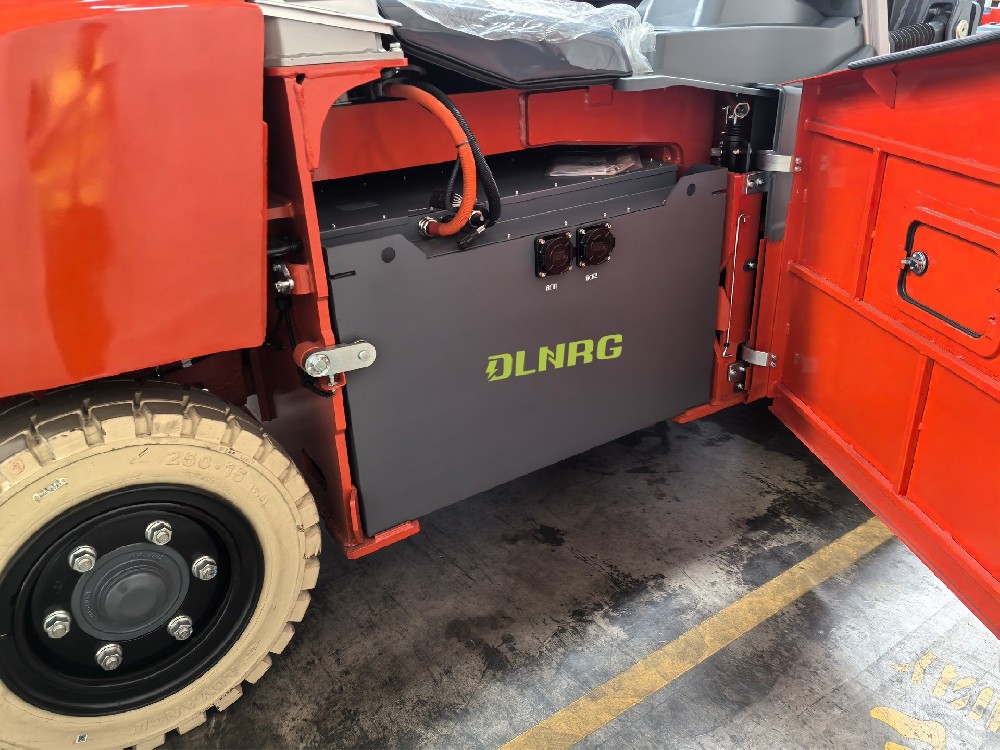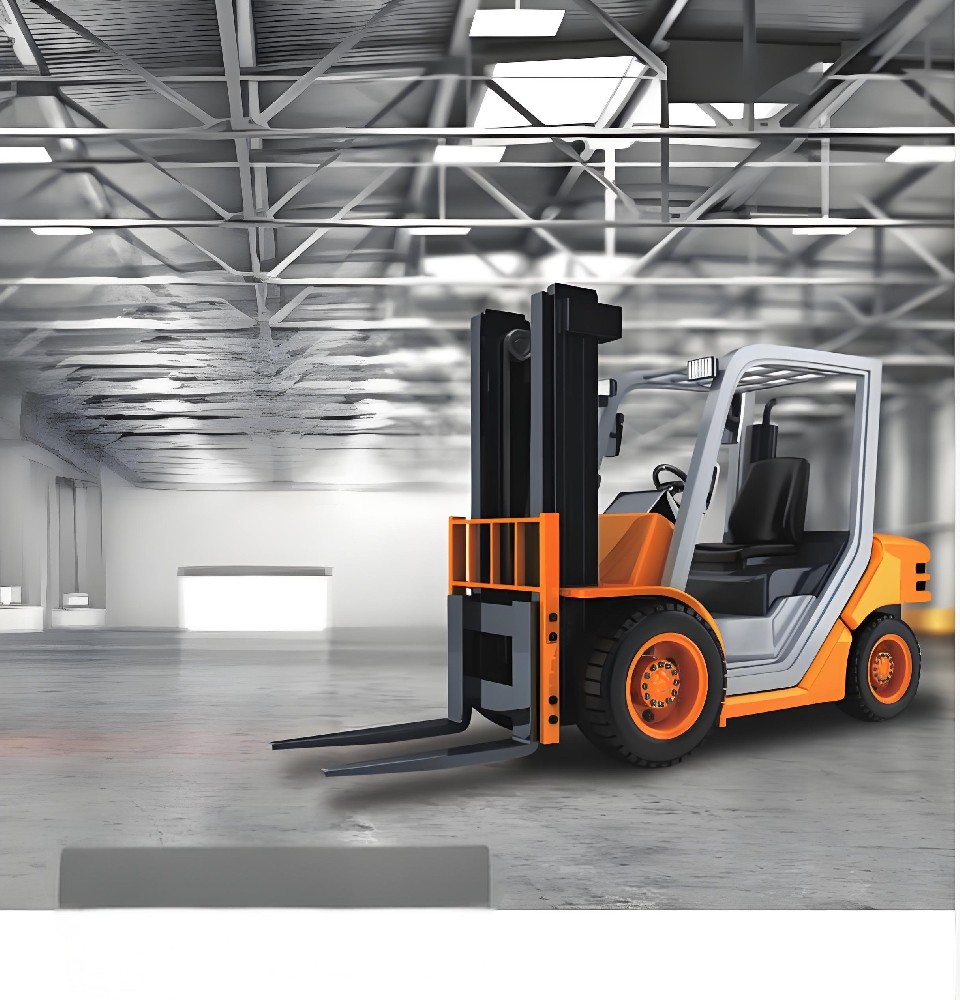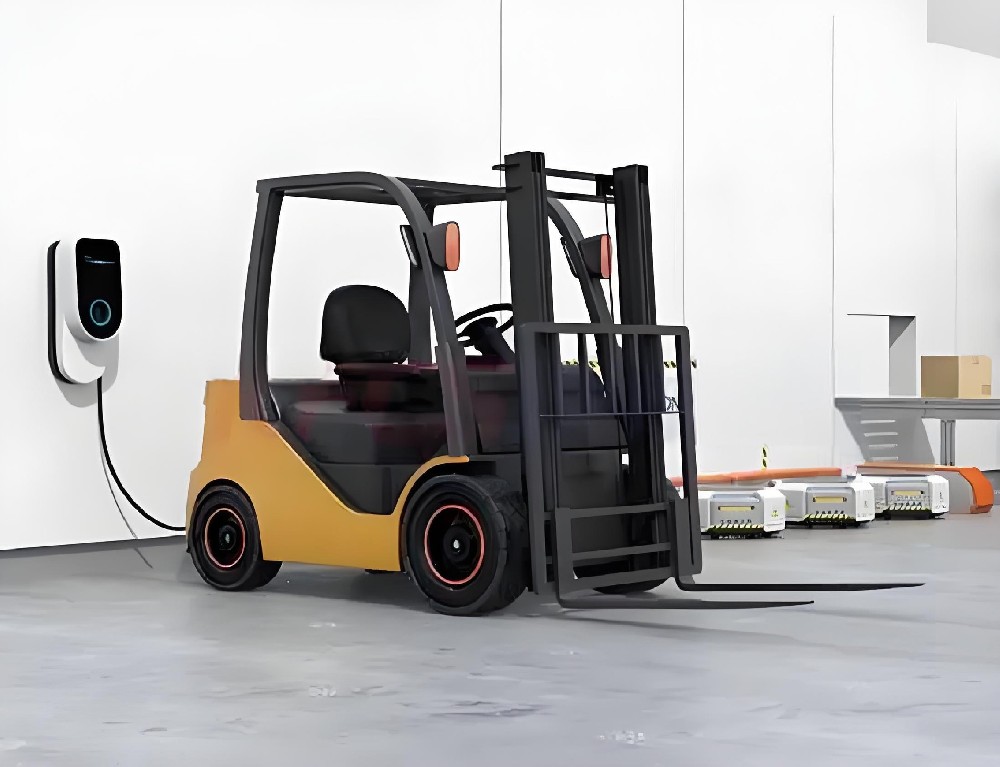Lithium-Ion batteries are a relatively new technology that has changed the landscape of the material handling industry. For many businesses, the costs associated with changing from traditional lead-acid batteries to lithium-ion batteries have prevented them from making the switch. What many companies do not realize is not only are Lithium-Ion batteries more beneficial, they are also more affordable long term than lead-acid batteries in several ways.
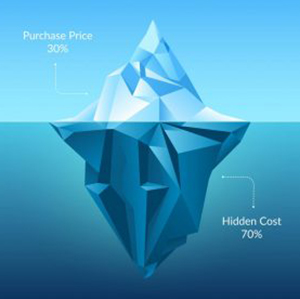
Charge Time
Lead acid batteries typically require 8 hours to charge and another 8 hours to cool down before they can return to service. This usually means that the true amount of time required for a lead acid battery to charge and go back to work is nearly 16 hours. If using lead acid batteries to power equipment over the span of 24 hours, one piece of equipment would need three lead acid batteries since workers would need to completely replace the battery after 8 hours use (each shift) and then charge and cool it for 16 hours.
Lithium-ion batteries take just 1 to 2 hours to charge. They are often opportunity charged between shifts or while employees are on break. As a result of this, only one Lithium-Ion battery is required per piece of equipment, irrespective of the number of shifts a company works.
Saved Labor Costs
The procedure for charging a Lithium-Ion battery can also save a company substantially in labor expenses. When changing batteries at the end of a shift (roughly 5-6 hours of use), battery handling equipment is used to remove the battery, place it on charge and install a fresh battery from the cooling rack. This takes time, usually 15-20 minutes at the end of each shift.
The spent battery is then charged for approximately 8 hours. The battery will remain in place near the charger or employees may transfer it to a designated cooling area. In other words, managers must purchase and constantly move around up to three lead acid batteries for each piece of equipment that must operate for a 24-hour period.
Lithium-ion batteries offer significant benefits that make them a lasting investment for most businesses that have multi-shift operations. If a warehouse operates 24 hours a day, equipment that is powered by Lithium-Ion batteries can be opportunity charged many times throughout the day. That means one lithium-ion battery can be used for the whole duration of this 24-hour period, provided that it has been regularly charged.
Longer Run Time
One of the primary attributes a supervisor looks at is the average runtime of a battery type. The longer a battery operates, the more cost-efficient it is to an operation. Swapping batteries after only 5-6 hours of usage may lead to costly downtime for workers who need to then remove the batteries from equipment and replace them with charged batteries so equipment can return into service. This takes away productive time.
3 Times Longer Cycle Life
A lead acid battery typically will last roughly 1500 cycles, while Lithium-Ion batteries will easily double that lifespan and if opportunity charged may last beyond 5000 cycles, depending on the equipment in use and the specific application.
However, labor costs are key to determining the true price of battery (cost of ownership). As mentioned previously, Lithium-Ion batteries can be opportunity charged quickly and efficiently. Batteries with shorter lifespans need to be replaced more often, and you may need at least two, sometimes three lead acid batteries to last the lifespan of one Li-ion battery.
In conclusion, the average business stands to reap many benefits by switching from lead-acid to lithium-ion batteries, including increased productivity, reduced downtime and lowering their total cost of ownership. While the acquisition cost of a lithium battery may be two to three times the purchase price of a lead-acid battery, when you factor in the long-term savings, a lithium ion battery is far more affordable than a lead acid battery.


